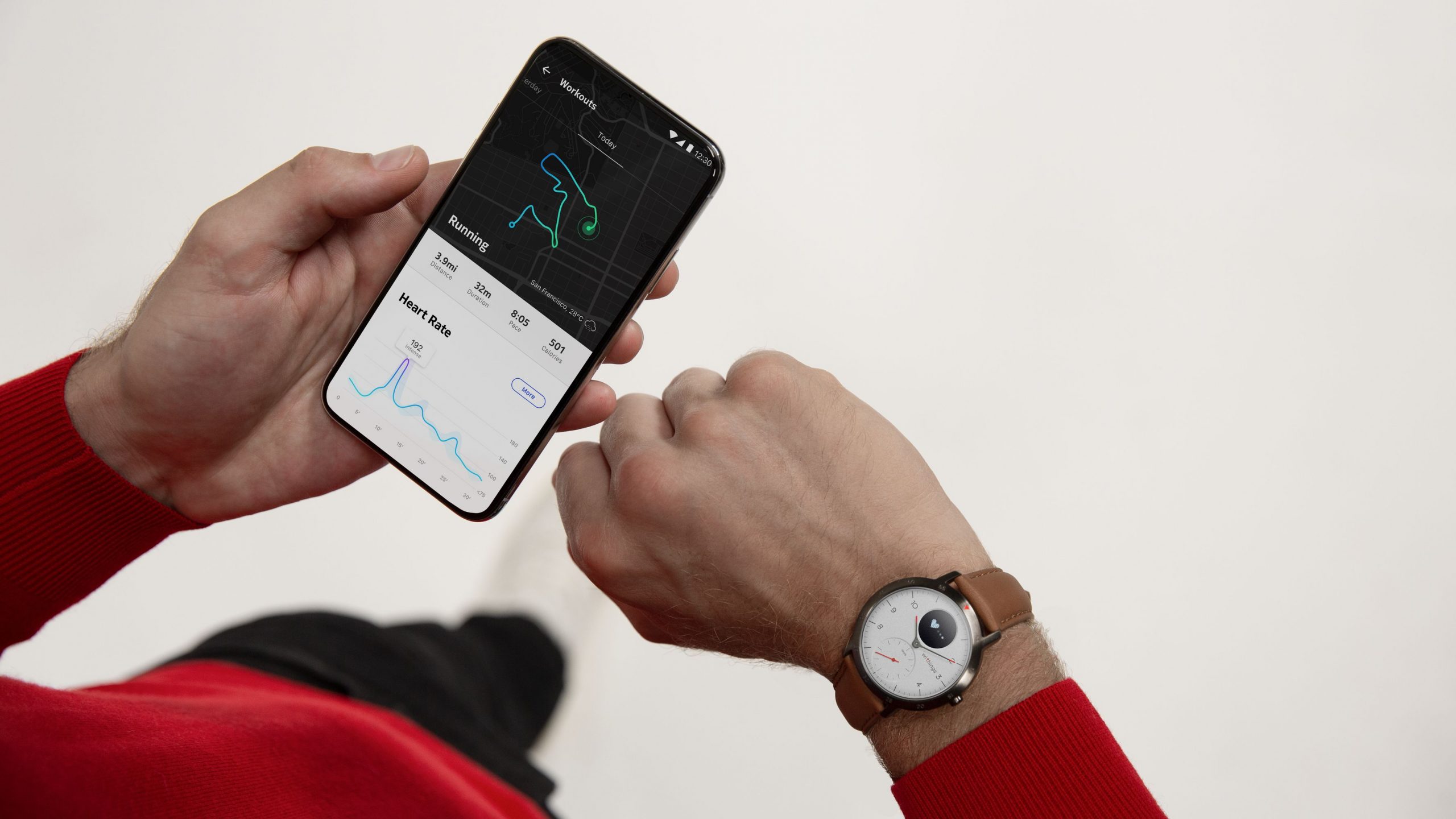
Ever wonder what your fitness tracker is really doing for you? According to a recent study, research shows that fitness trackers might help improve lifespan. But there is one catch… you need to wear it.
Doctors know that moving more has measurable health benefits. But what about buying something designed to nudge you in that direction? Does it work? In the recent NY Times article Fitness Trackers Might Help Us Live Longer (if Only We Used Them), Gretchen Reynolds cites two recent studies in which fitness trackers were used to measure longevity and health benefits.
The first study, published in the American Journal of Epidemiology, self-reported physical activity or sedentary behavior and analyzed the correlation with cardiovascular heart disease-induced mortality. In a study that lasted almost a decade, researchers compared a nationally representative sample of subjects who tried to meet the US physical activity recommendations through either self-reported or accelerometer data to those who lived a sedentary lifestyle.
After the preliminary study, researchers followed up with subjects within an average of 6.7 years. At the end of the study it was found that among those who had died in the early stages of the study, 32% had died from cardiovascular disease. However, “having higher accelerometer-assessed average counts per minute was associated with lower all-cause mortality risk.” In other words, those subjects who used their activity trackers and were thus more active were less likely to die early. The researchers concluded that their findings supported the national physical activity recommendations for reducing all-cause and cardiovascular mortality.
A second study, published in the Lancet Diabetes and Endocrinology investigated whether the use of activity trackers and incentives would lead to an increase in physical activity or improvements in health outcomes. Researchers selected employees in Singapore who were separated into four groups—the control group, the activity tracker group, the tracker group with a charity donation incentive, and the tracker group with cash incentive.
The study found that the tracker group with no incentives and the control group had no significant differences. However, during the six months in which the study used incentives, the cash incentive group had the highest results, with charity incentives coming in at a close second—but after the six month incentive period ended and researchers checked back in at 12 months, the cash incentive group (which had been in the lead) had the greatest decrease in physical activity.
Although this study found that there was “no evidence of improvements in health outcomes,” it admits that such a study would likely require longer incentives to avoid subjects discontinuing participation after the incentive portion is complete. Or, to put it in the blunt terms of the New York Times Article, “The data for everyone was limited, however, because most of the participants had quit wearing the monitors most of the time.”
While activity trackers have the potential to help people increase their activity and improve their health, they can only do so if people continue to use them for an extended period of time. That’s why, we can’t help but mention, we specifically designed activity trackers that people don’t want to abandon — with a stylish user-friendly design and a long-lasting battery in mind.
So if you don’t already, consider wearing an activity tracker, and reap health benefits for years to come.



